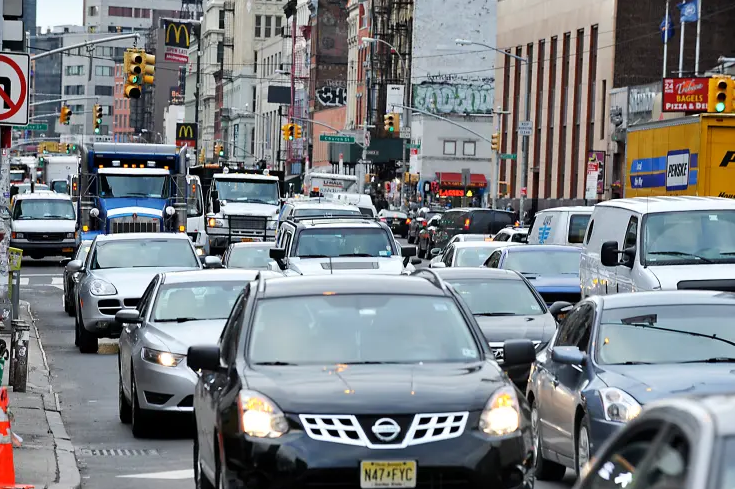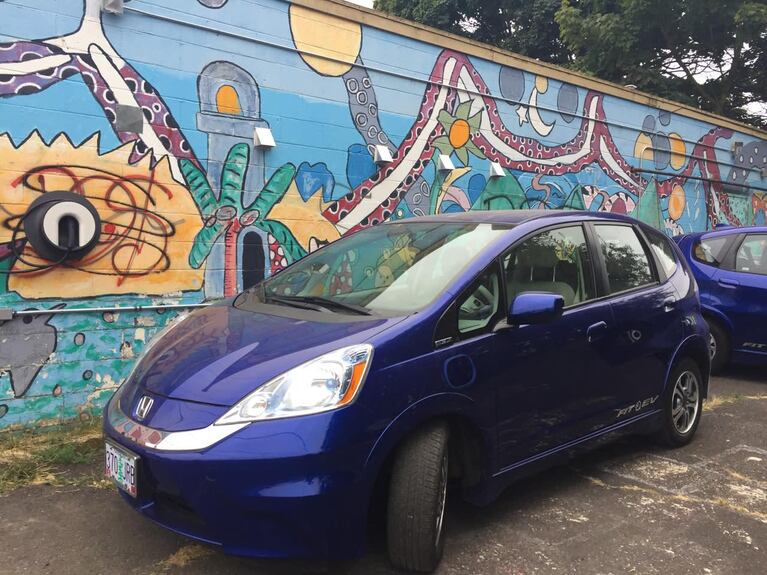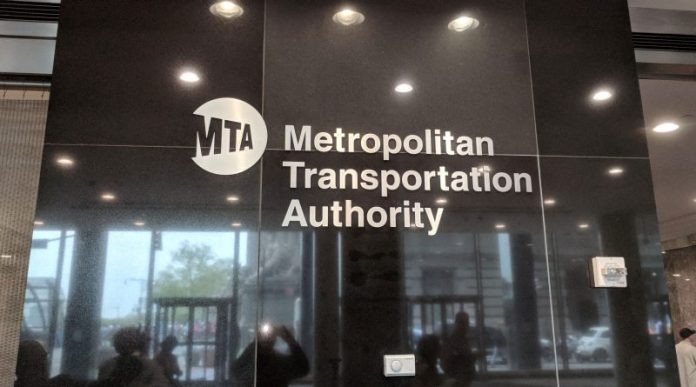The Metropolitan Transportation Authority (MTA) board, on Wednesday, voted to greenlight the toll rates for Manhattan’s congestion pricing program, marking a pioneering initiative in the United States.
Under the approved plan, New York City will implement a daily toll of $15 for passenger vehicles traversing Manhattan below 60th Street during daytime hours, commencing in mid-June.
Larger trucks and buses will face a higher toll of up to $36. However, the program faces various legal challenges, notably from the state of New Jersey.
“This program will significantly alleviate traffic congestion in Manhattan’s central business district, curb pollution, and generate crucial revenue for transit enhancements,” asserted the MTA.

With over 900,000 vehicles entering the Manhattan Central Business District daily, average travel speeds have dwindled to approximately 7 miles per hour (11 kph).
New York City, renowned for its notoriously congested traffic, is poised to emulate London, which pioneered a similar congestion charge back in 2003.
New York has projected that the implemented charge would lead to a 17% reduction in traffic congestion, while also foreseeing improvements in air quality and a modest increase in transit usage by 1% to 2%.
Additionally, the program is expected to generate substantial revenue ranging from $1 billion to $1.5 billion annually, thereby facilitating $15 billion in debt financing dedicated to enhancing mass transit infrastructure.

According to the MTA, passenger vehicle drivers entering the designated zone during nighttime hours will incur a fee of $3.75, while motorcycle riders will face charges of up to $7.50 per entry. Notably, drivers will only be subject to the charge once per day.
For users of taxis, a surcharge of $1.25 will apply, whereas patrons of ride-sharing services like Uber and Lyft will be charged $2.50 per trip within the congestion zone.
These fees are in addition to New York’s existing congestion charges of $2.50 for taxis and $2.75 for for-hire vehicles, which have been in effect since 2019.
Under the plan, vehicle owners with an adjusted gross annual income not exceeding $50,000, or those who receive low-income benefits, may qualify for a 50% discount on select trips or may be eligible for New York state tax credits.


